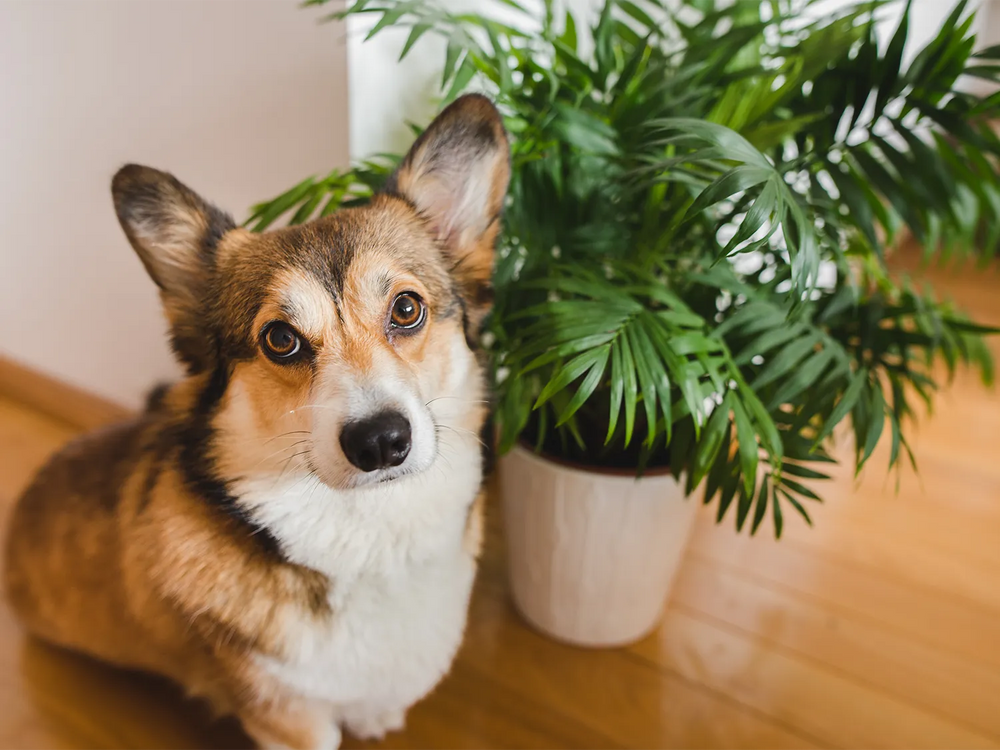At a glance
-
Light
Bright, indirect light; tolerates partial shade.
-
Water
Keep soil lightly moist, let the top layer dry slightly between waterings.
-
Temperature
18–26 °C; avoid cold drafts.
-
Humidity
Average to high; benefits from extra humidity.
Care difficulty
Easy to Moderate
Palms are slow growers that don’t demand much, but they do best with steady care. As long as they have enough light and aren’t overwatered, they remain healthy and elegant. Perfect for plant lovers who want a classic look without constant fuss.
Detailed care instructions
-
Light
Palms thrive in bright, indirect light. They can tolerate partial shade, making them suitable for corners or rooms with filtered daylight. Avoid direct sun, which can scorch the leaves.
- Chamaedorea elegans (Parlour Palm): More tolerant of low light.
- Dypsis lutescens (Areca Palm): Prefers brighter positions.
- Howea forsteriana (Kentia Palm): Very adaptable, does well in medium light.
- Rhapis excelsa (Lady Palm): Handles lower light better than most palms.
-
Water
Keep the soil lightly moist, watering when the top 2–3 cm feels dry.
- Rainwater is preferred, as it’s soft and free of chemicals, helping palms look their best. Tap water is usually fine, but if your water is very hard, flush the soil every few months to remove salts.
- Always use room-temperature water, never cold straight from the tap.
- For misting, use distilled or filtered water to avoid mineral marks on the leaves.
-
Humidity
Palms prefer average to higher humidity. They’ll adapt to normal room conditions but thrive with a little extra.
- Pebble trays or humidifiers help in dry seasons.
- Misting can freshen leaves, but keep it light to avoid spotting.
-
Temperature
Best kept between 18–26 °C. They dislike sudden cold drafts or temperatures below 10 °C. Keep away from radiators or air conditioning vents.
-
Fertilizer
Feed with a balanced, diluted liquid fertilizer once a month during spring and summer. Hold back in autumn and winter when growth slows.
-
Soil & Repotting
Use a well-draining, peat-free potting mix. Repot only every 3–4 years, as palms prefer being slightly root-bound and can be sensitive to disturbance.
Common problems & solutions
What it looks like: Tips of leaves turn brown and dry.
Cause: Low humidity, inconsistent watering, or salt buildup from fertilizer.
Fix: Increase humidity, water consistently with room-temperature water, flush soil occasionally to remove salts.
Prevention: Avoid letting soil fully dry out and keep humidity steady.
What it looks like: Older leaves fade yellow, starting from the bottom.
Cause: Natural aging, overwatering, or poor drainage.
Fix: Remove only the oldest leaves; check watering routine and drainage.
Prevention: Water moderately and ensure pot has holes.
What it looks like: Leaves lose shape and bend downward.
Cause: Underwatering or sudden temperature changes.
Fix: Water thoroughly and place away from drafts.
Prevention: Monitor soil moisture and keep temperature steady.
What it looks like: Sticky residue, small spots, or webbing on leaves.
Cause: Dry air or weakened plant.
Fix: First, wipe the leaves with a damp cloth or rinse the plant under lukewarm water to remove pests. If needed, you can use a mild, diluted soapy water spray. Avoid chemical pesticides — even pet-safe plants can become unsafe if treated with harsh products. Always let leaves dry fully before placing the plant back within reach of pets.
Prevention: Inspect regularly and keep humidity up.
Palms
-
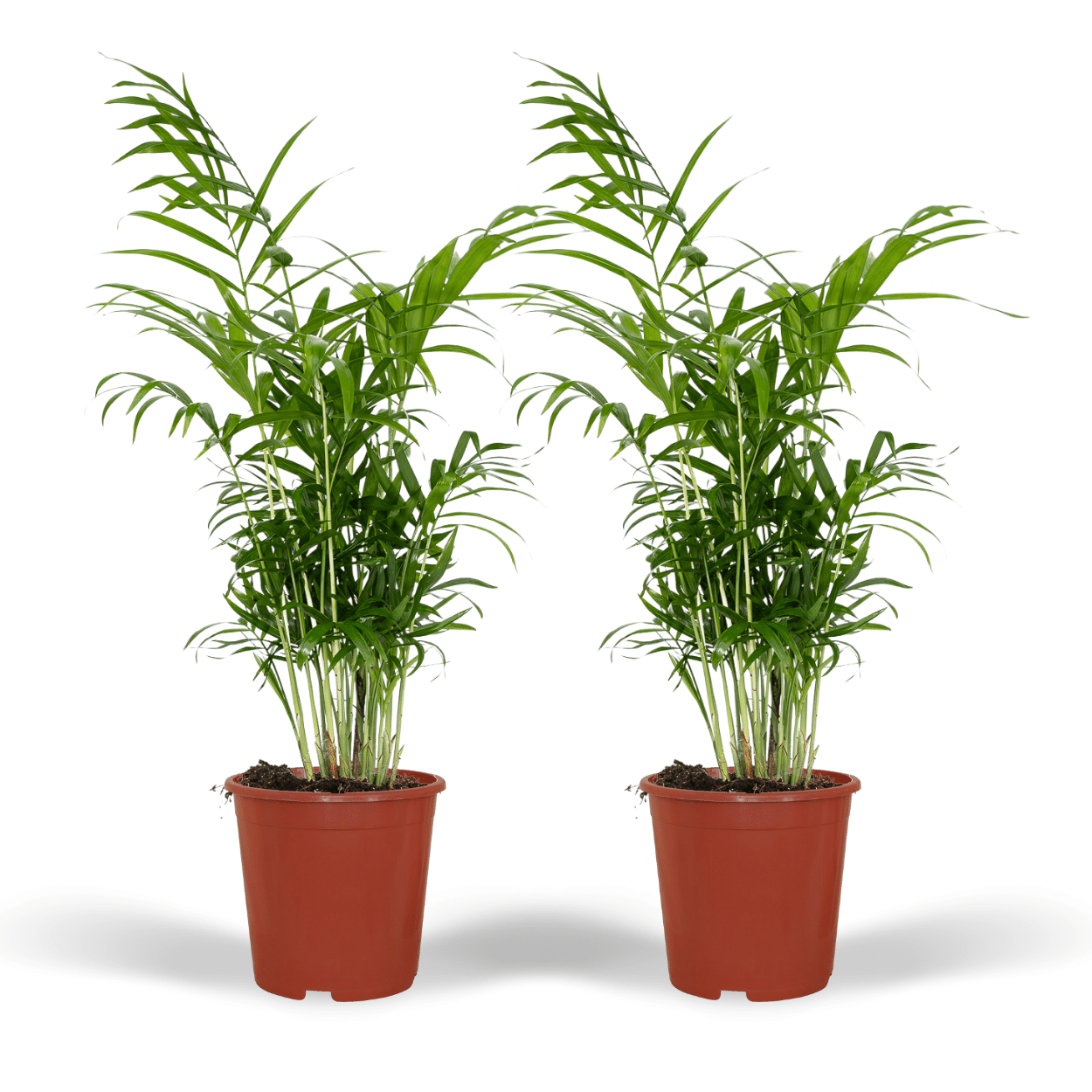

Chamaedorea Elegans (L) x 2 - Combo deal
Parlor Palm- Regular price
- €49,95
- Sale price
- €59,90
- Unit price
- per
- 55 centimeters
- 17 centimeters pot diameter
- Cat-safe
- Dog-safe
-
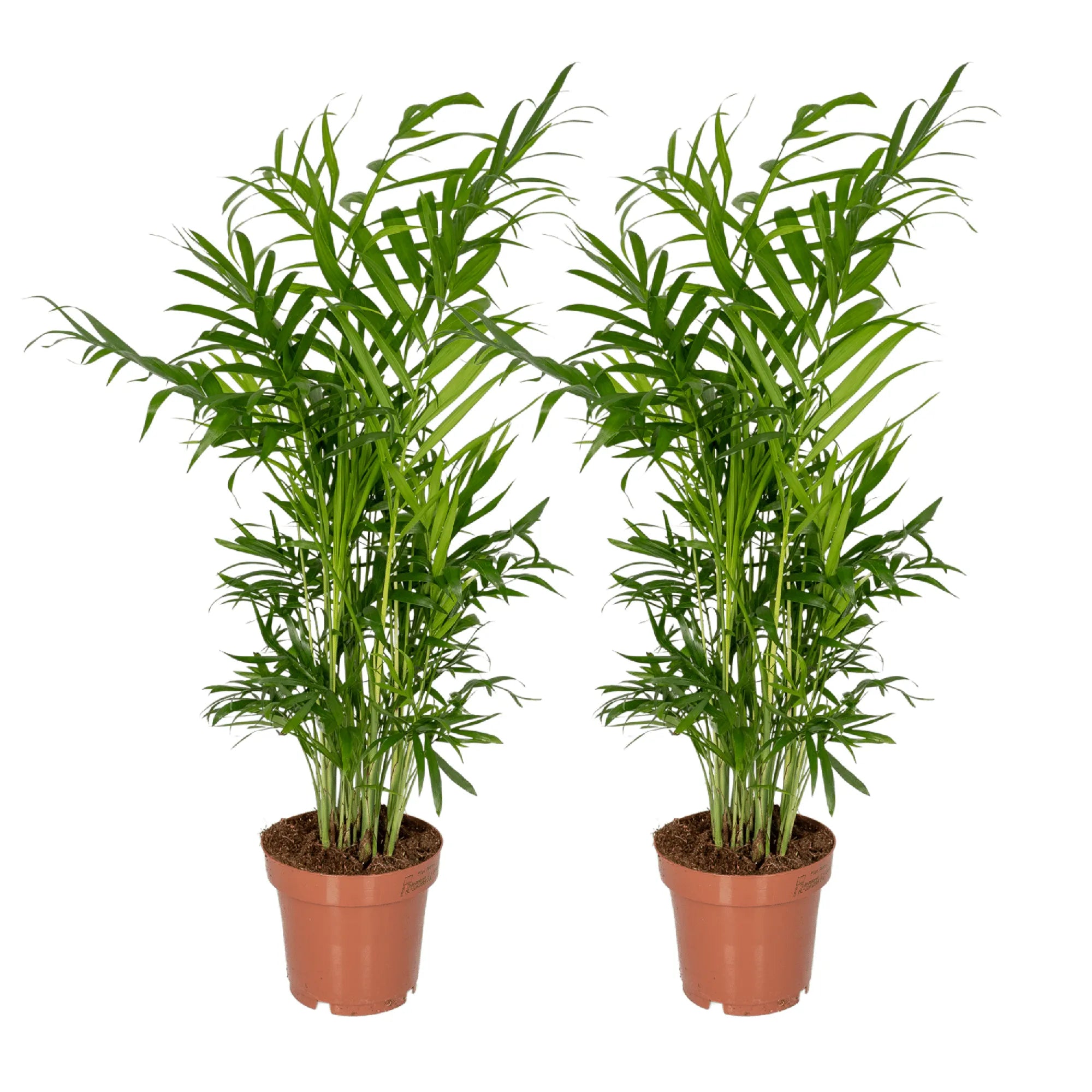
Chamaedorea Elegans (S) x 2 - Combo deal
Parlor Palm- Regular price
- €35,95
- Sale price
- €41,90
- Unit price
- per
- 40 centimeters
- 12 centimeters pot diameter
- Cat-safe
- Dog-safe
-
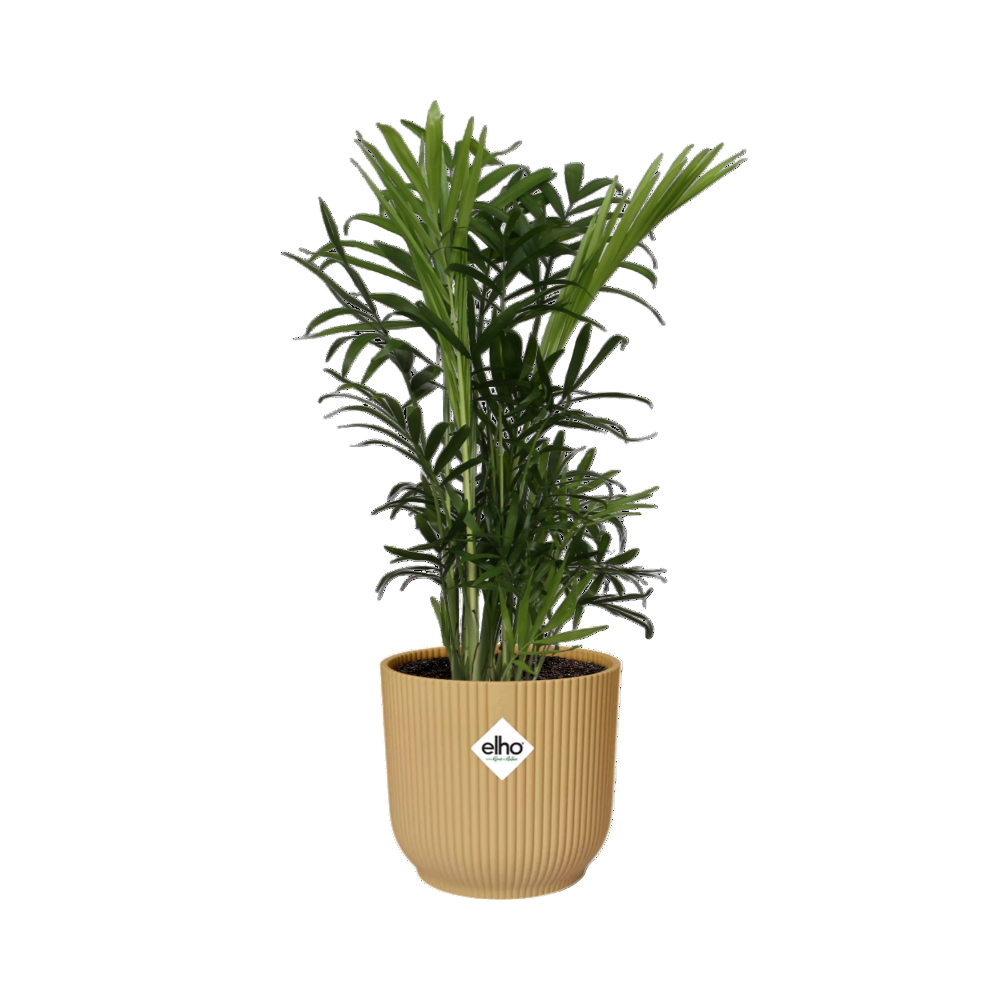

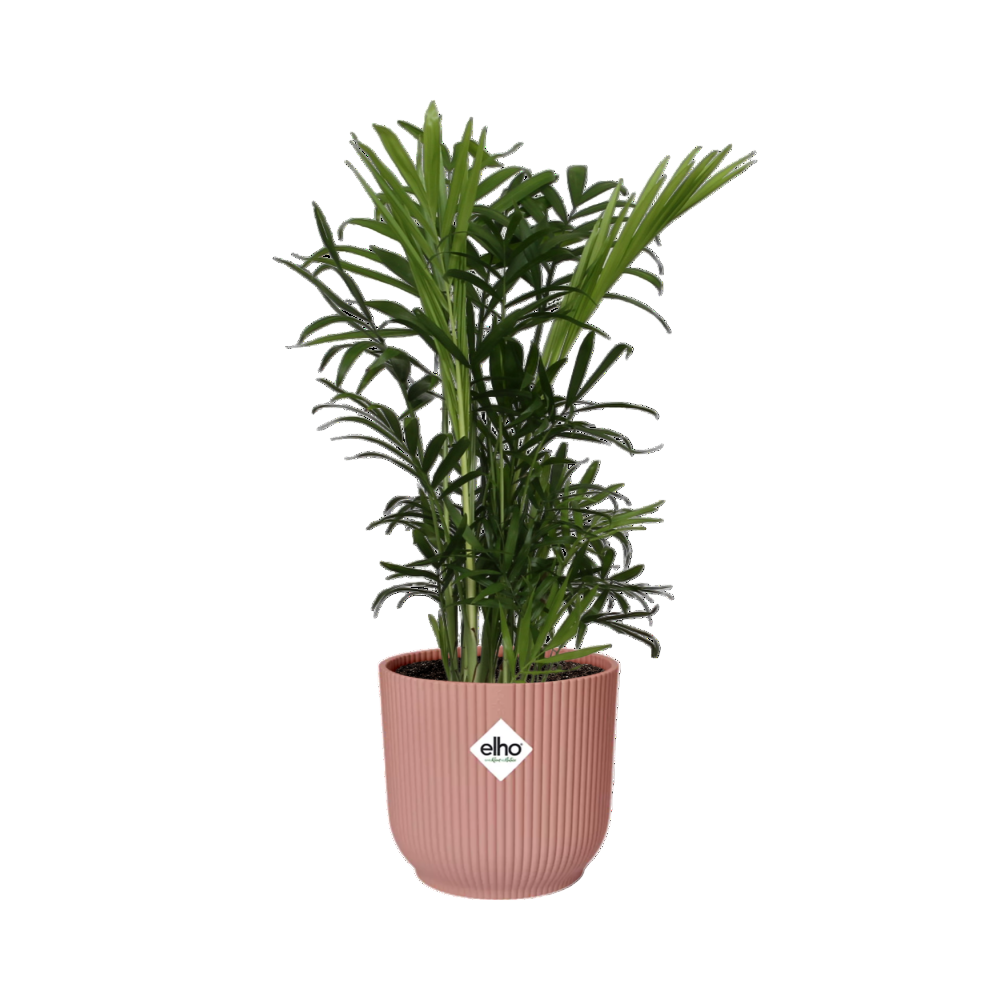
Chamaedorea Elegans + Decorative Pot
Parlor Palm- Regular price
- €28,95
- Sale price
- €35,95
- Unit price
- per
- 35 centimeters
- 14 centimeters pot diameter
- Cat-safe
- Dog-safe
-
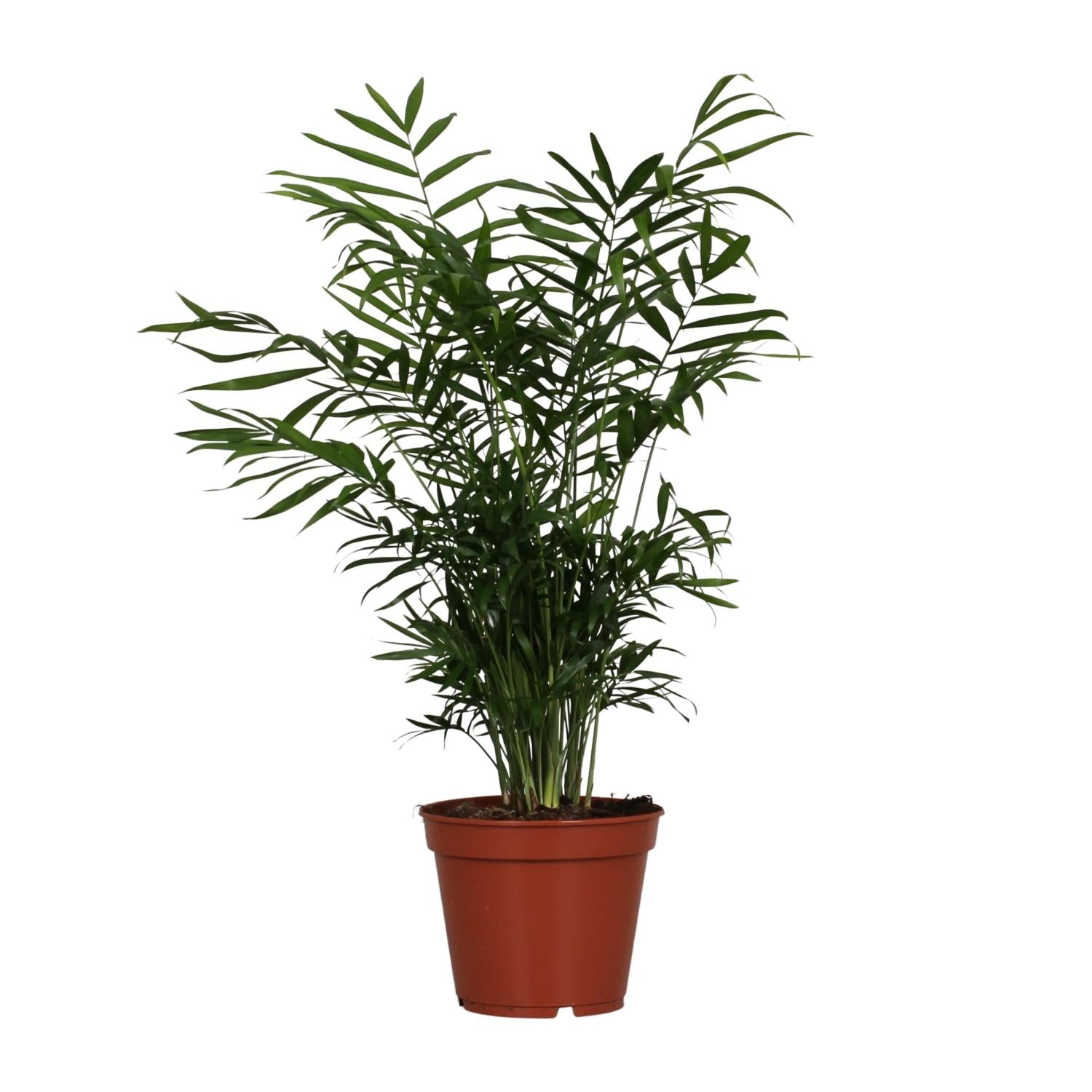

Chamaedorea Elegans - Large
Parlor Palm- Regular price
- €29,95
- Unit price
- per
- 55 centimeters
- 17 centimeters pot diameter
- Cat-safe
- Dog-safe
-
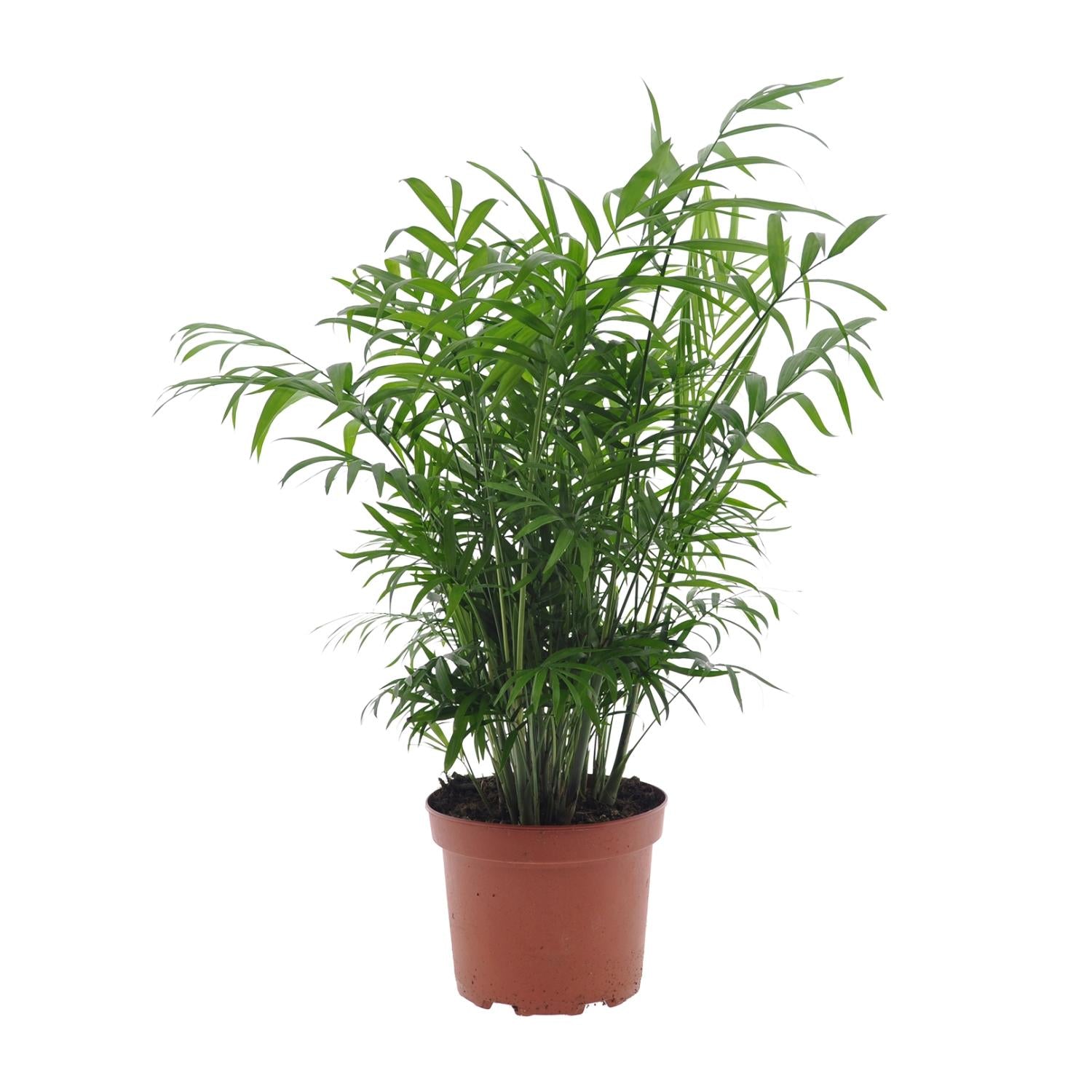

Chamaedorea Elegans - Medium
Parlor Palm- Regular price
- €25,95
- Unit price
- per
- 50 centimeters
- 17 centimeters pot diameter
- Cat-safe
- Dog-safe
-
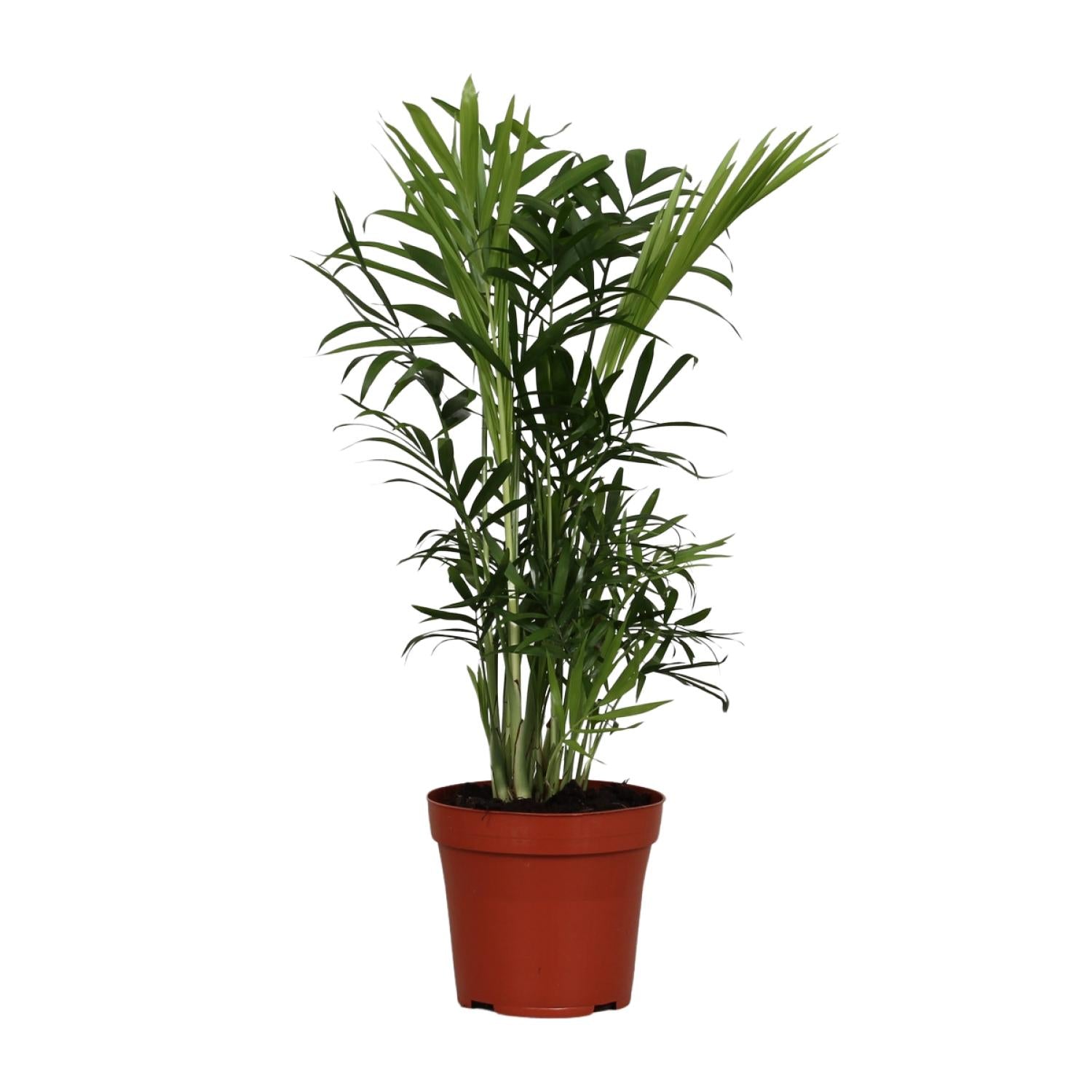

Chamaedorea Elegans - Small
Parlor Palm- Regular price
- €20,95
- Unit price
- per
- 40 centimeters
- 12 centimeters pot diameter
- Cat-safe
- Dog-safe
-
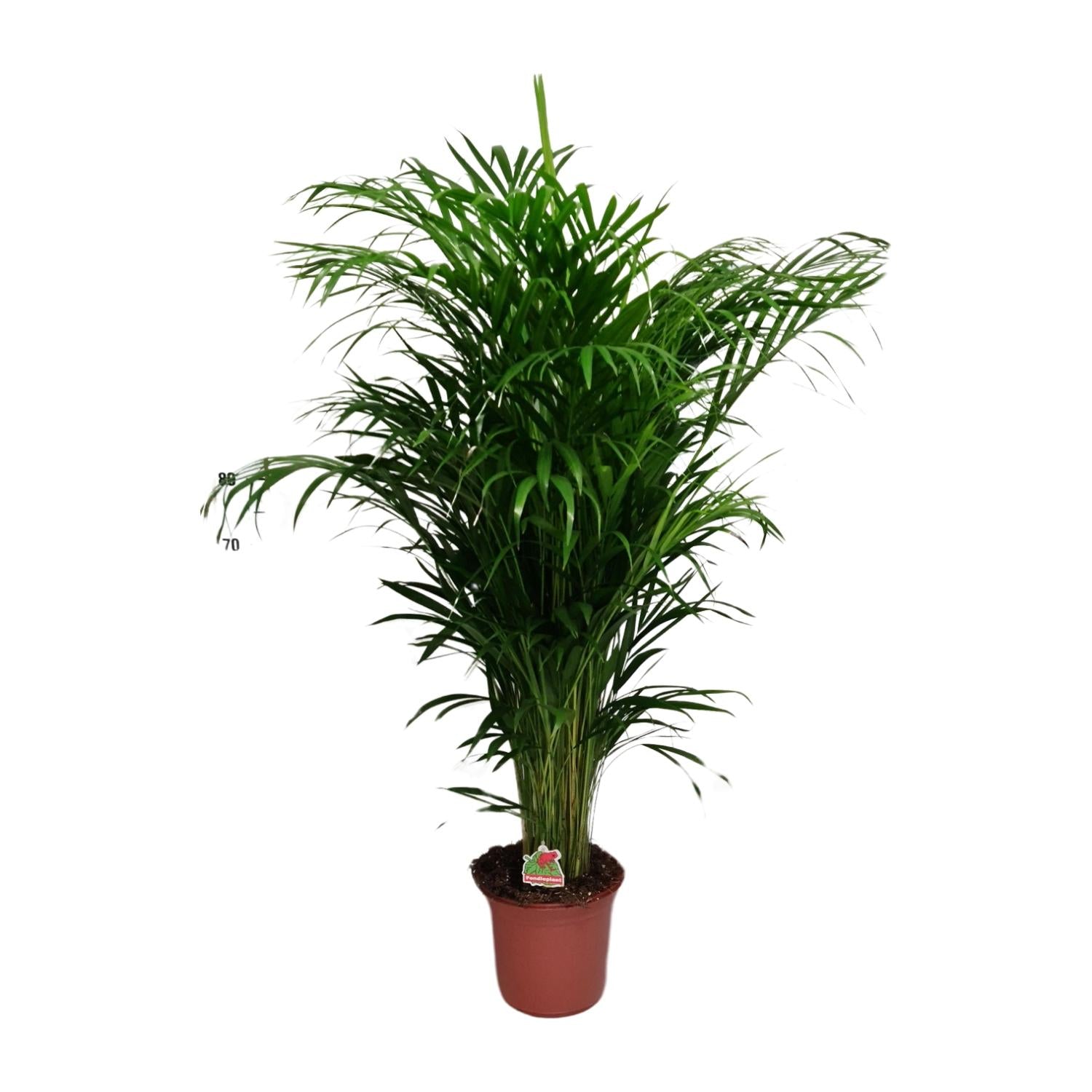

Dypsis Lutescens - Large
Areca Palm, Butterfly Palm1 review- Regular price
- €65,95
- Unit price
- per
- 125 centimeters
- 24 centimeters pot diameter
- Cat-safe
- Dog-safe
-
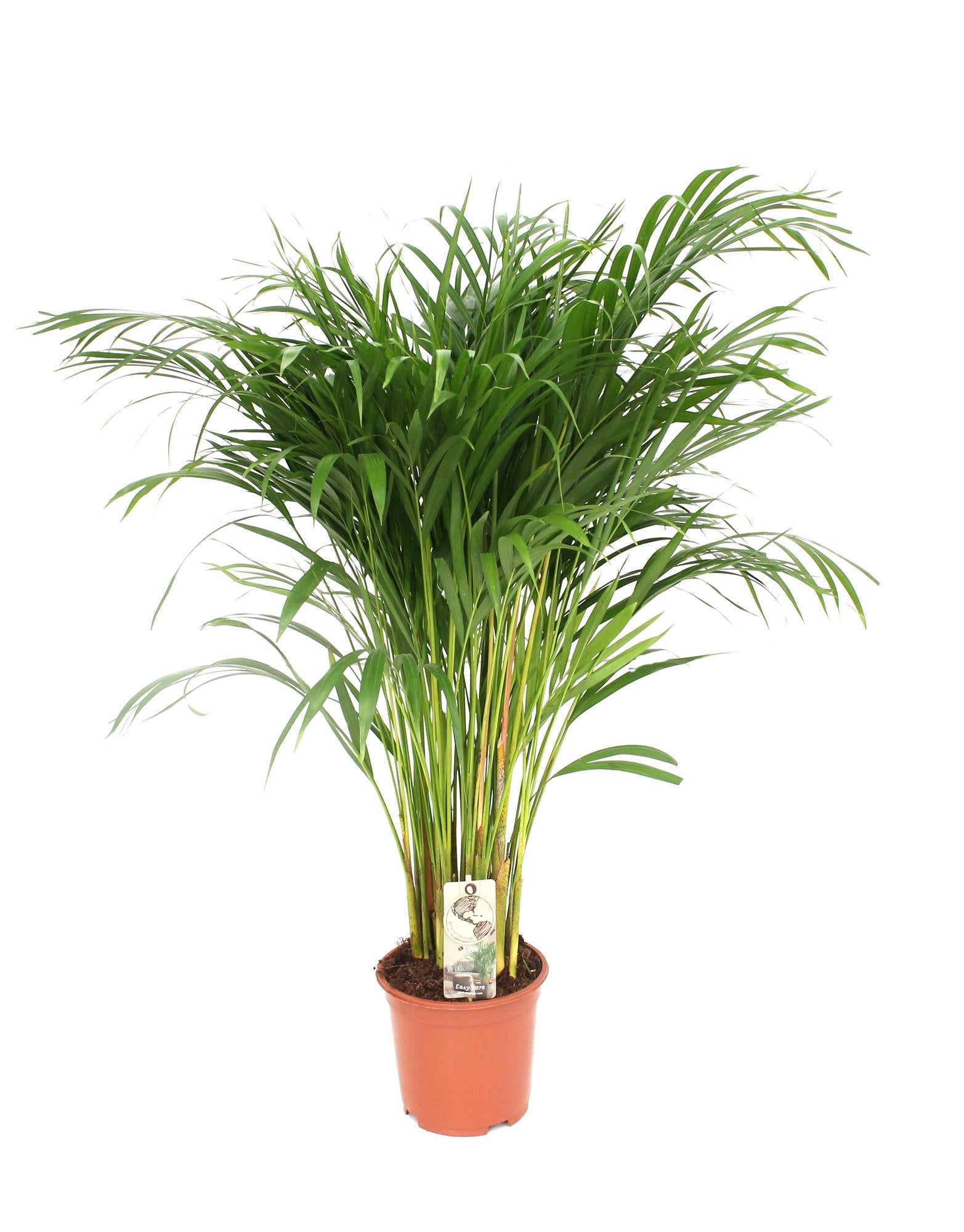

Dypsis Lutescens - Medium
Areca Palm, Butterfly Palm- Regular price
- €59,95
- Unit price
- per
- 110 centimeters
- 21 centimeters pot diameter
- Cat-safe
- Dog-safe
